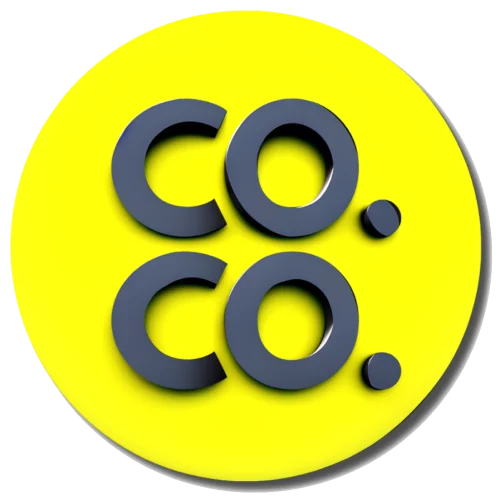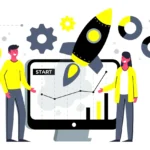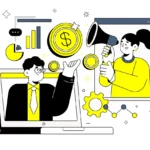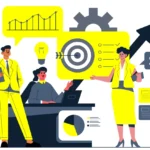Introduction
Every day, millions of people scroll, swipe, and click. Some click impulsively. Some buy after weeks of lurking. And some never convert, no matter how many times you retarget them.
What separates a buyer from a bouncer? The answer lies in psychology — not just pixels.
Behind every click is a thought. Behind every “Buy Now” is a behavior. And behind every behavior is a brain reacting to emotional cues, cognitive shortcuts, and subconscious nudges.
Let’s explore the invisible motivators that drive online action — and how brands can use them ethically and effectively.
The Click is Not Random. It’s Conditioned.
Clicking isn’t just a reflex. It’s a learned response — shaped by trust, timing, and triggers.
That’s why:
- A red button works better than a blue one in urgency campaigns
- A social proof line (“4,500 people bought this today”) spikes conversions
- A clean landing page with one CTA always outperforms clutter
Your audience isn’t clicking randomly. They’re responding to how you make them feel, not just what you tell them.
5 Core Psychological Triggers That Drive Clicks
1. The Power of FOMO
People don’t want to miss out — on deals, trends, or opportunities. That’s why “Only 3 left!” and “Sale ends in 2 hours!” work like magic.
Use it wisely: Time-sensitive offers, exclusive drops, early bird access, or even a countdown timer can nudge indecisive buyers into action.
2. Social Proof Works Wonders
Humans trust the herd. Reviews, testimonials, and user counts validate choices. It’s why seeing “Most popular choice” instantly feels right — we trust what others have trusted.
Use it wisely: Highlight UGC, feature reviews in ads, and showcase stats like “Trusted by 20,000+ users.”
3. Cognitive Ease: Don’t Make Me Think
People avoid friction. If your landing page is confusing, your CTA hidden, or checkout complicated — bounce rate will shoot up.
Use it wisely: Streamline flows, reduce clicks, and make everything visually intuitive. Good UX = high conversion.
4. Emotional Hooks Beat Logical Copy
Nobody buys a perfume for the ingredients. They buy the feeling — romance, nostalgia, power.
Use it wisely: Sell the outcome, not the process. Position your product as a gateway to transformation, not just a transaction.
5. The Need for Control
People want to feel in charge — even if they’re being nudged. That’s why quizzes, filters, “build your box” options, and personalisation features work so well.
Use it wisely: Give options. Let users feel they’re choosing their journey — not being pushed.
The Mistake Most Brands Make
They write about themselves.
They list features.
They shout in bold fonts and CAPS.
What they miss? Connection.
To drive clicks, you have to step into your audience’s mind. Mirror their fears. Reflect their aspirations. Use words they use. Design like they scroll.
Click Psychology in Real Campaigns
- Tourism: Campaigns that say “Book before prices rise” convert better than “Affordable packages.”
- Wellness: Ads promising “More energy in 5 days” click better than ones saying “High-quality supplements.”
- Art: A campaign that tells the story behind an artwork connects deeper than one just showing the price.
The Ethical Edge
Psychological marketing isn’t manipulation — if done right. The goal is not to trick, but to understand. Your job as a brand is to reduce confusion, offer value, and guide the user toward a decision that serves them too.
Final Thoughts
The best-performing ads don’t scream. They whisper the right thing, at the right time, in the right place.
Understanding the psychology behind a click is the cheat code to better marketing. It means you stop guessing and start connecting. And in a crowded digital world, connection is currency.
Don’t chase vanity metrics. Trigger action by understanding behavior.




